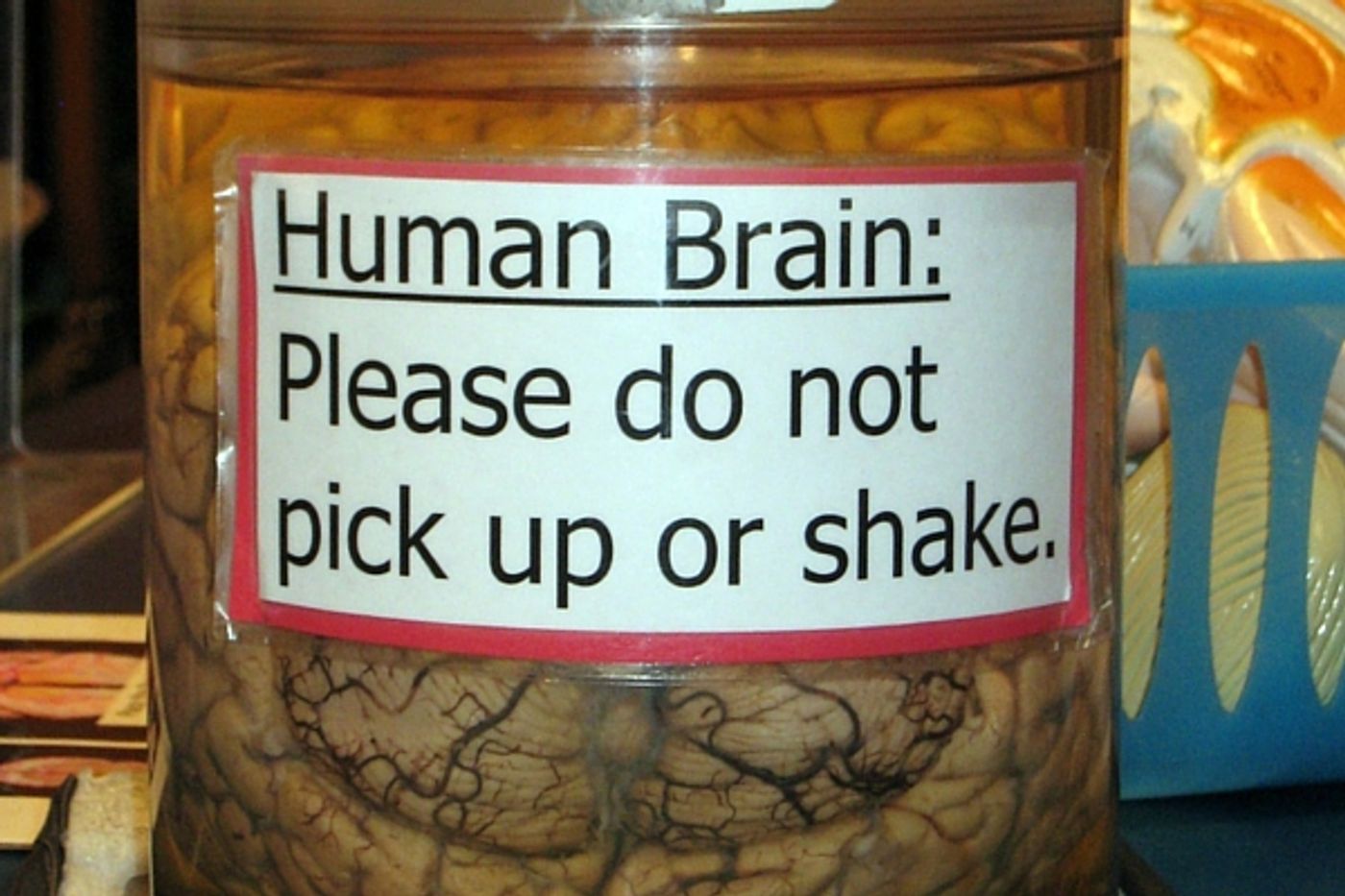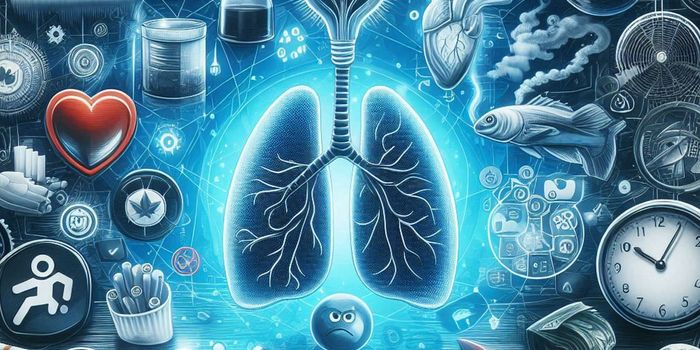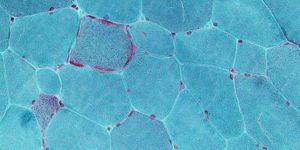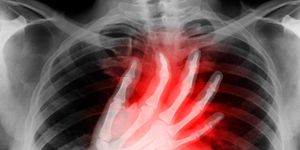How dead do you have to be before you’re really dead? No, it’s not a scene from a science fiction movie, but the question of brain death and regeneration is getting some attention lately. Two companies, Bioquark, Inc. in the United States and Revita Life Sciences in India have teamed up to study how brain tissue might be affected by therapeutic applications of autologous stem cells. They hope to investigate whether or not brain death can be reversed with clinical treatments involving stem cells or other methods.
Bioquark has a range of ideas within a multi-faceted project they call Reanima. The first one, which has been approved for a small study, is “Non-randomized, Open-labeled, Interventional, Single Group, Proof of Concept Study With Multi-modality Approach in Cases of Brain Death Due to Traumatic Brain Injury Having Diffuse Axonal Injury”
It’s a complex area, because with technology a person can be kept “alive” on machines that breathe for them and keep their heart pumping, all with little to no brain activity. If the damage to the brain can be reversed or repaired, could patients like this improve? Would they be able to come off life support and have quality of life? The study that BioQuark wants to conduct would try to answer some of these questions. Certain animal species can regenerate tissue or otherwise repair themselves, but within the human Central Nervous System, this isn’t possible…yet.
The study will start with 20 patients, all of whom have been declared brain dead. Using a two-pronged approach, the researchers will look into the effectiveness of bioactive molecules and mesenchymal stem cells (MSCs). MSCs exist in almost all tissues, and therapies that use them in cell replacement treatments are not new, having been studied for about the last decade or so. Human tests remain incomplete, but in some studies in lab mice, the MSCs did integrate into the animals’ brains resulting in some cognitive and memory improvement. The trials conducted by the company will take place in Anupam Hospital in Rudrapur, Uttarakhand India.
Ira S. Pastor, the CEO of Bioquark Inc. said in a press release, “With the convergence of the disciplines of regenerative biology, cognitive neuroscience, and clinical resuscitation, we are poised to delve into an area of scientific understanding previously inaccessible with existing technologies.”
The bioactive molecules are a key part of the study. They are extracted from amphibian egg cells. The extracted bioactive components are mostly microRNAs and proteins. In a patent that Bioquark applied for in 2014 it listed these components as part of the process to repair and regenerate damaged tissue, trademarking them as BQ-A Bioquark . Dr. Sergei Paylian, Founder, President, and Chief Science Officer of Bioquark Inc stated, “Through our study, we will gain unique insights into the state of human brain death, which will have important connections to future therapeutic development for other severe disorders of consciousness, such as coma, and the vegetative and minimally conscious states, as well as a range of degenerative CNS conditions, including Alzheimer's and Parkinson's disease.”
While the announcement of the study is getting a lot of attention, it’s not likely that it will result in Frankenstein-like humans coming back from the dead, but rather information on how the brain might be able to heal with this combination of therapies. Check out the video below to find out more.
Sources:
Singularity Hub,
Popular Science,
Bioquark









